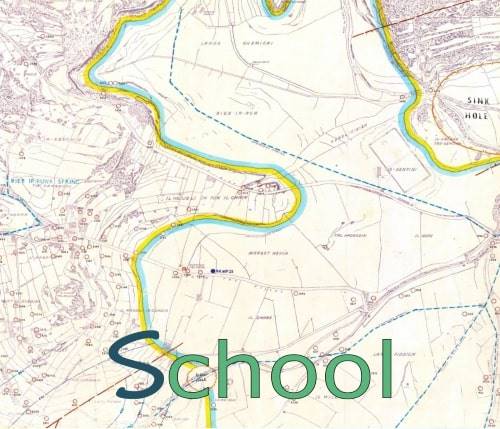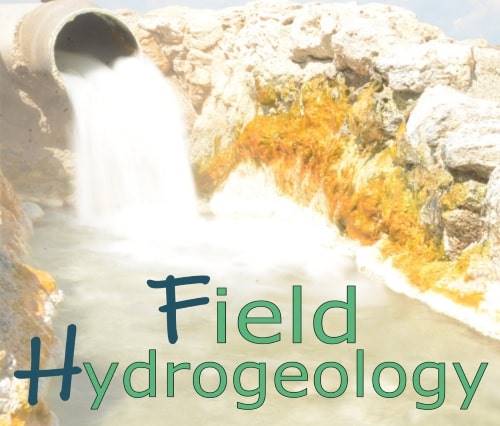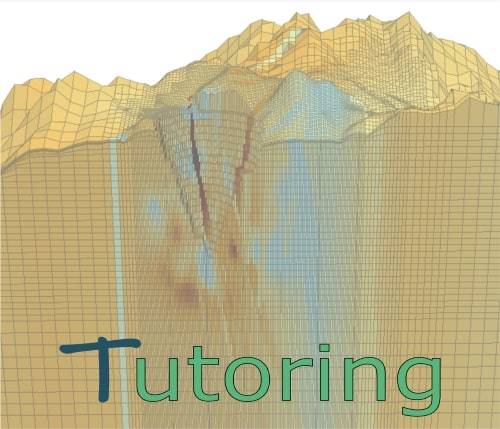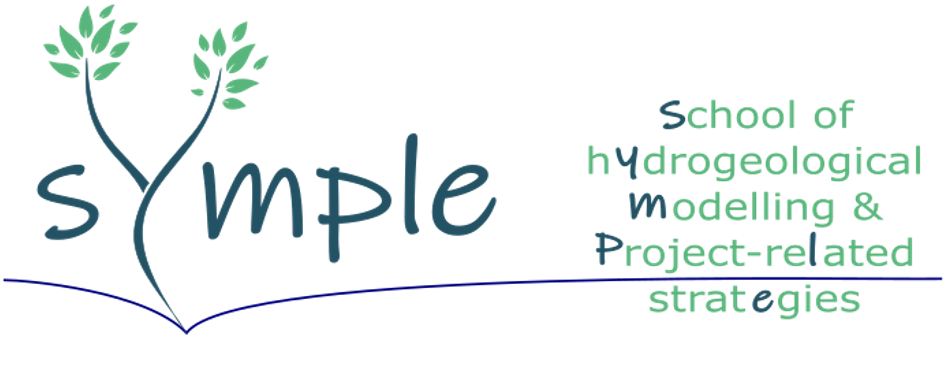
BACKGROUND
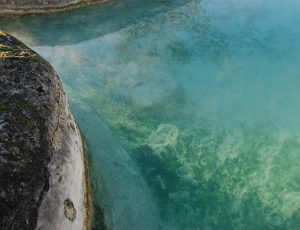
Hydrogeology is, by definition, an interdisciplinary subject. It accounts for the chemical, physical, biological and legal interactions between nature and society. The term “complex” is often used in hydrogeological narrations. Complexity comes from the geological setting, the time evolution of the system and its dynamic response to stresses, with an uncountable number of variables to bear in mind at the same time. To this end, numerical models are a privileged tool and naturally became commonplace in any decision-making process.
The spread of the numerical approach is, by the way, facing an intrinsic contradiction: models are often asked questions that cannot be answered. Present modelling culture tends to believe that models, especially if very complex, can solve whatever problem providing the “right answer”. This way of thinking ignores the fact that a model will never be a perfect simulator of reality able to predict the future. What a model can do is: (A) to encapsulate what is known; (B) tell what cannot happen in the future on that basis.
Concerning point (A), the definition of “what is known” is not trivial. It is often thought that a model built on whatever data (taken in a handful of locations) can come to autonomous life and simulate all the aspects of reality we need to enquire. Groundwater behaviour is determined by aquifer and aquitard properties, which are extrapolated from the analysis of field measurements. The position, quality, amount and interpretation of collected data define the boundaries of the information that can acquaint our “expert knowledge”, i.e. “what is known”. “Data” should include hard and soft information, anomalies interpretation, ancillary information, qualitative narrations, etc., analysed in a consilience framework (from Latin com– “together” and –siliens “jumping”). The same data can be processed “as usual” or maximizing their information potential according to the principle that evidence from independent, unrelated sources can “jump together” to the same conclusion.

Concerning point (B), numerical models are imperfect simulators. Nevertheless, they can support the decision-making process, if they are able to extract information from all available sources in order to quantify and constrain the uncertainties of decision-critical predictions. The numerical model can be developed “as usual” or it can iteratively continue the information extraction from the data, informing on its worth, guiding in its supplementary collection, testing conceptual model hypothesis.
Disappointment and criticism born of frequent model failure is growing and the need of a change in the current modelling workflow is urgent. Many papers, seminars and initiatives, such as the ongoing Groundwater Modelling Decision Support Initiative (GMDSI), are focussed on improving the role that groundwater modelling plays in supporting environmental management and decision-making.
The 2019 Darcy Lecture by John Doherty was entitled “Start from the problem and Work backwards” proposing the new paradigm of firstly identifying the type of data that has the greatest capacity to reduce the uncertainties associated with decision-critical predictions of system behaviour, and then designing a numerical simulation strategy that serves the decision-support imperative of actually quantifying and reducing those uncertainties.
SYMPLE intends to join and implement the paradigm shift in synergy with other intellectual, professional, industrial initiatives with similar or complementary aims.
The MISSION
To promote and facilitate the understanding, use and evaluation of groundwater models applied in engineering and environmental management, regulation and decision-making, through an exhaustive educational program associated with the development of project-related modelling strategies.
